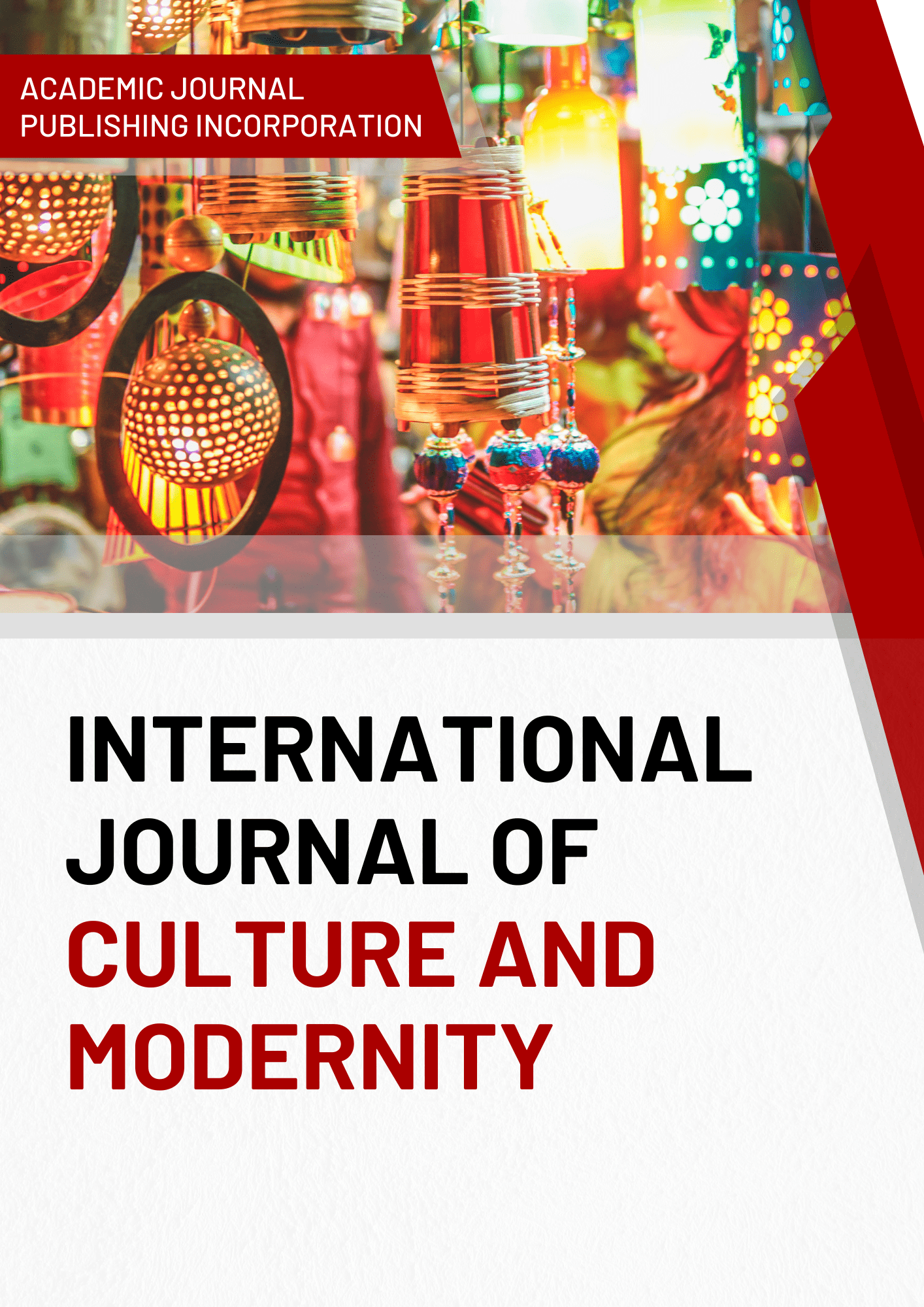Gender Studies: Domestic Violence in Central Asia
DOI:
https://doi.org/10.51699/ijcm.v18i.396Keywords:
feminism, gender studies, third world women, domestic violence, Central Asia, feminist thought, resolutionsAbstract
Domestic violence is a hot topic in Central Asia. In all countries of the region (Kazakhstan, Uzbekistan, Tajikistan, Kyrgyzstan, and Turkmenistan), domestic violence still requires a comprehensive (re) solution. This article examines the root and socio-political impact of domestic violence in the region. Three small case studies and discussions were presented to reflect the essence of the issue. It was also found that gender research is needed in Central Asia due to the historical and epistemological position and nature of the region. It was found that there is no clear statistics base on domestic violence in Central Asia, and the measures taken differ in theory and practice. Our findings confirm the relevance of creating a real and clear statistical database for in-depth study of domestic violence, the collaboration of experts in various fields to examine the topic, and developments that can completely (re)solve the issues. Based on this topic, we hope that our study can be helpful in future research on gender issues in each Central Asian country, linking issues of oppression, gender inequality, and sexuality to several disciplines, such as sociology, feminist geography, economics, and psychology.
References
Walker, Alice (1982) The Color Purple. Oxford University Press.
Kate Shanley, (1988) Thoughts on Indian Feminism, in Gathering of Spirit: A Collection by North American Indian Women, ed. Beth Brant (Ithaca: Firebrand Books, 1988), 213-215; also see Luana Ross, “Indigenous/Feminisms.”
Jaggar, Alison (2005) What is terrorism, why is it wrong, and could it ever be morally permissible? Journal of Social Philosophy 36 (2): 202–17.CrossRefGoogle Scholar
Serena Parekh and Shelley Wilcox, (2013) “Feminist Perspectives on Globalization,” in Stanford Encyclopedia of Philosophy., Stanford, CA: Stanford University.
Schwendinger, J. L., & Schwendinger, H. (1983) Rape and inequality. Beverly Hills, CA: Sage.
Lisa Hajjar (2004) Religion, State Power, and Domestic Violence in Muslim Societies: A Framework for Comparative Analysis., Law & Social Inquiry., JSTOR, Vol. 29, No. 1 (Winter, 2004), pp. 23-26.
Mohanty Chandra, et al., (1991) Third World Women and the Politics of Feminism., edited paperback., Published by: Indiana University Press.
Mitsuye Yamada, (2013) “Asian Pacific American Women and Feminism,” in Feminist Theory: A Reader, eds. Wendy K. Kolmar and Frances Bartkowski (Boston: McGraw-Hill Higher Education, 2013), 366.
Andrea Duranti, (2007) Becoming “woman” in the Muslim world: echoes of Simone de Beauvoir’s thinking., volume 23., pp.106-107. https://www.jstor.org/stable/151335
Nancy Lubin (1981) “Women in Soviet Central Asia: Progress and Contradictions” 1981, JSTOR., https://www.jstor.org/stable/151335
Derek Edward Peterson (2013) When a Pound Weighed a Ton: The Cotton Scandal and Uzbek National Consciousness., Ohio University, Master thesis.
Helen Pluckrose, James Lindsay (2020) Cynical Theories., North Carolina., pp.79,
Rosemarie Tong (2018) Feminist thought., p.317. https://www.jstor.org/stable/20710519
Shawn Meghan Burn (2000) Women Across Cultures: A Global Perspective (Mountain View, CA: Mayfield Publishing, 2000), 73.
Fares Mujahed and Tarik Atan (2017) Breaking the Glass Ceiling: Dealing with the Attitudes of Palestinians toward Women Holding Leading Administrative Positions., Asian Women December 2017, Vol. 33, No. 4, pp. 81-107.
TAMER KOBURTAY ET AL., (2022) WOMEN LEADERSHIP, CULTURE, AND ISLAM: FEMALE VOICES FROM JORDAN., HTTPS://LINK.SPRINGER.COM/ARTICLE/10.1007/S10551-022-05041-0#ARTICLE-INFO







